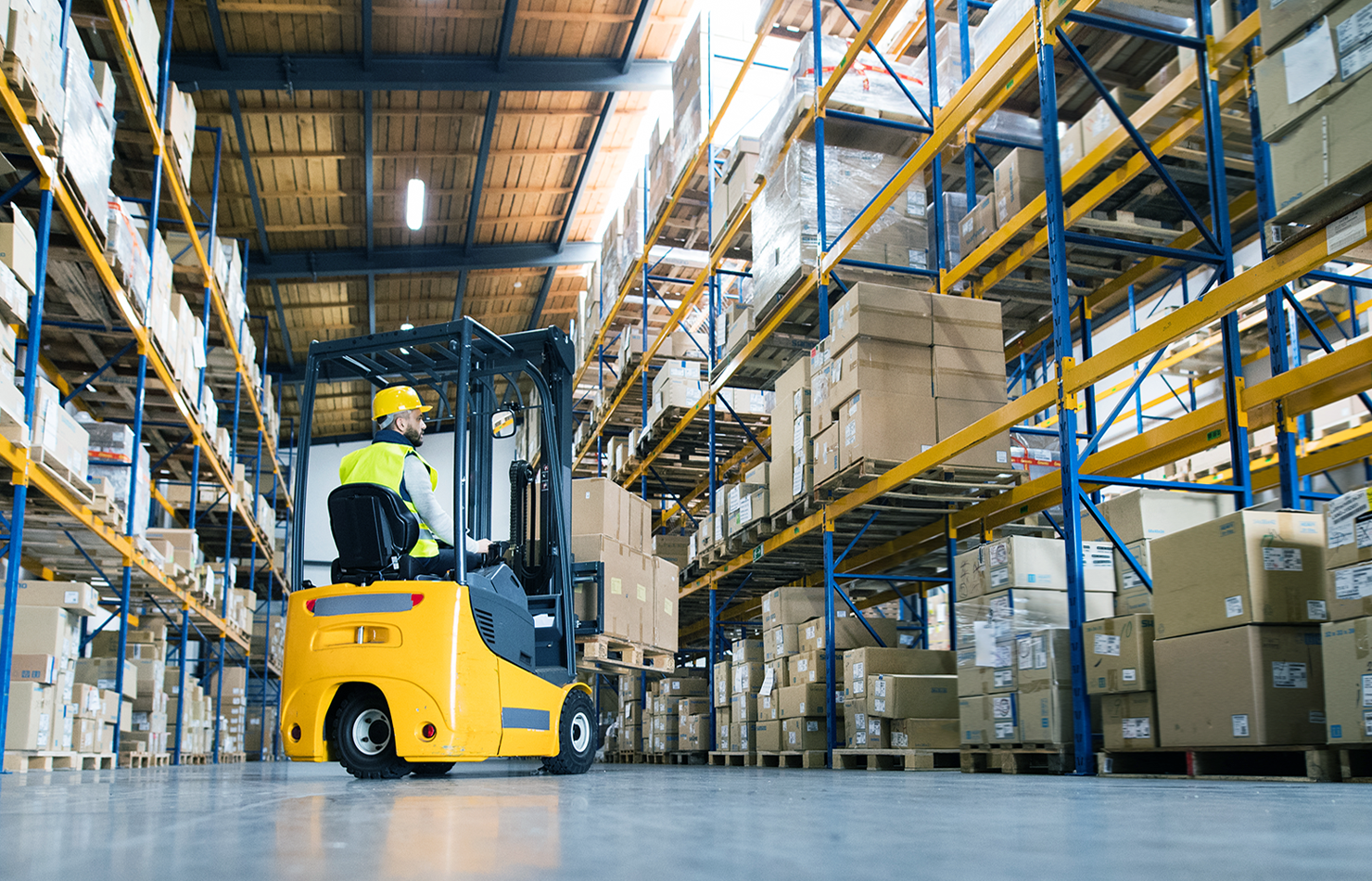Five Crucial Ideas to Improve Warehouse Efficiency
Written by Sandra Tansky
3 Min Read
Blog
If one thinks of today’s Amazon-era supply chain as a sports car, warehouses would most definitely be the engine that makes it “go,” so to speak. If you’re a manager or warehouse operator, however, you know that there is a single all-important element that fuels that engine, and it makes all of the difference between smooth, supercharged performance or a lagging lemon that requires frequent – and costly – trips to the mechanic: efficiency.
This is especially true in the United States, which accounts for $101.1 billion or 21.1% of the global warehousing and storage market. In this competitive and sizable market, space availability is at an all-time low while competitive pressures have never been higher in the Amazon.com era. That makes tools like modern mobile devices absolutely essential in achieving more with less – whether it’s speed of analytics processing, boosting employee productivity or reducing costly operational disruptions.
Because everyone is feeling the pinch, we’ve compiled five helpful ideas to “rev up” your warehouse efficiency so your warehouse operations don’t fall behind.
1. Devices to Optimize Your Business Outcomes
Tough industrial environments were in the past handcuffed to ruggedized solutions. The chasm that used to separate rugged enterprise-grade mobile devices and laptops and intuitive consumer-grade smart devices no longer has to present you with binary choices when deploying your mobility solutions. Transitioning to professional handhelds such as the Samsung Galaxy Tab Active2 provides warehouse personnel with the straightforward and familiar operating systems they use every day, but with the additional benefits of multiple mount/base/charger enclosure supports and desktop extension via platforms like Samsung DeX. A single device can be used in a variety of configurations powered by the very latest in warehouse logistics software – now your choices are vast, so you need to think about the use case and how you want to deploy and be outcome-focused.
2. Modernize your Mobile Software
Most warehouse operations are currently using handheld computers and scanners – and may even believe they are ahead of the curve. The reality is most warehouse and distribution facilities are still using legacy operating systems like Windows CE. In fact, VDC research says 15.1% have Windows Embedded 6.5.x/Mobile 6.5 on devices in their warehouse today. All versions of Windows CE are EoL as of January 14, 2020 – so now you have a rather important mandate to manage swap-out costs, integrate new functionalities and plan out timeframes and roll outs to make sure this doesn’t disrupt daily operations. This digital transformation is the key to supporting business objectives such as automation and real-time data analytics.
3. Streamline and Secure the Flow of Data
The only thing that is larger than the shipments moving through your organization is the data that is transacted. Streamlining the way data flows and how its accessed provides many tangible benefits, however, a great deal is sensitive enterprise and customer data flowing through mobile devices. This means that you need to constantly apply security and configuration updates, all while managing access to sensitive functions in order to ensure the integrity and security of this data. Overhaul your security infrastructure with a defense-grade security platform that lets you not only quickly apply updates, but also set specific profiles on the same device, even for different types of users.
4. Centralize Management
When you operate multiple facilities across widespread geographical areas, it can be tricky to deploy, support and maintain a single mobile ecosystem of primary and spare pool devices for your warehouse employees. For many organizations keeping up with mobile is a real issue, and they fall into the trap of disparate on-site device pools and local management. That’s when support costs start to escalate – broken devices aren’t repaired on-time or at all, spare pool inventory is much higher than it needs to be, and non-specialized staff waste time and effort handling devices. The truth is that a central support team is far more efficient at supporting your mobile fleet at scale. It frees up on-site staff to focus on more profitable and operational duties, while reducing the resources and TCO needed to keep your devices up and running.
5. Don’t Go It Alone
Transitioning from legacy devices, software and processes is the digital imperative. It’s pretty rare to find a dedicated warehouse operation that’s also well-positioned to enact digital transformation and futureproof their operations. That’s why it’s critical to engage partners who have specific expertise in planning, deployment and Day-2 support who can help you craft a sensible blueprint for leveraging technology to boost efficiency for years to come. Take your time to find proven service providers with experience in warehouse operations you can trust.
Digital transformation isn’t easy, but it can be simple and straightforward with the right hand guiding you. Ensure your business is on the cutting edge of warehouse technology by checking out Stratix’s full line of Warehouse Logistics solutions and Samsung mobile devices.

How to Increase Warehouse Efficiency Leveraging Mobile Technology
7 steps to beating the challenge of manual process and legacy systems
Get the Guide












